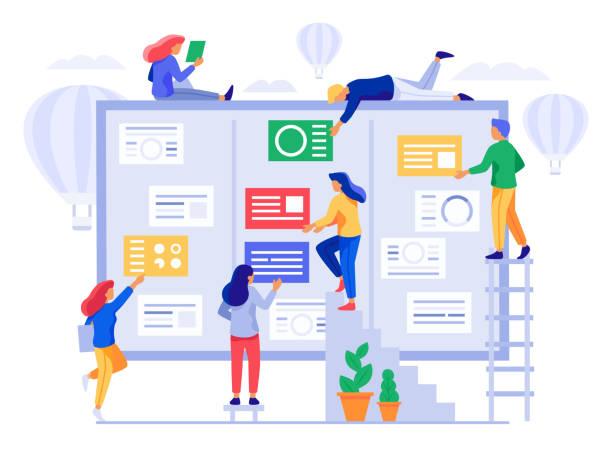Introduction to the Importance of User-Friendly Website Design
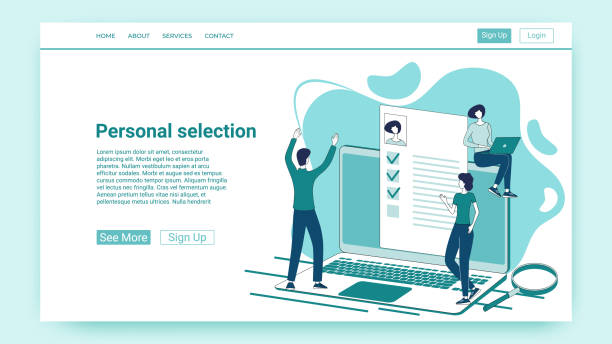
In today’s digital world, merely having a website is not enough; your website must provide an unparalleled experience for users.
This is where the concept of #user_friendly_website_design shows its importance.
A user-friendly website means a site where visitors can easily navigate, find the information they need, and interact effectively with the content.
A user’s first encounter with your website profoundly impacts their perception of your brand.
If your website is complex, confusing, or slow, users will quickly leave it and go to your competitors.
This not only eliminates business opportunities but also harms your online reputation.
User experience (UX) has become the core of #online_success.
For businesses seeking growth and longevity, investing in user-friendly website design is not a choice, but a necessity.
This type of design helps businesses achieve higher conversion rates, build loyal customers, and ultimately reach their business goals.
A website must be able to meet the needs and expectations of users, so understanding their behavior and adapting the design accordingly is crucial.
Learning the principles of this design is the first step for any developer and business owner.
The ultimate goal is to create a positive and memorable interaction that leads to user return and increased satisfaction.
Are you worried about your e-commerce site’s low conversion rate and not achieving your desired sales?
Rasaweb is your specialized solution for a successful e-commerce site.
✅ Significant increase in conversion rates and sales
✅ Professional and user-friendly design to attract customer satisfaction
⚡ Ready for a transformation in online sales? Get a free consultation!
Key Principles of User Experience (UX) in Website Design
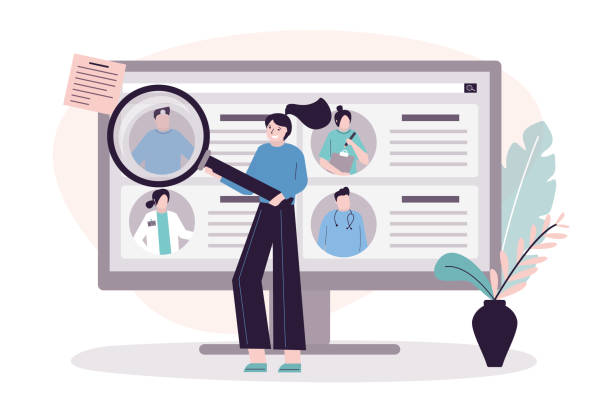
User experience or UX goes beyond the visual aesthetics of a website; this concept addresses the user’s feelings and comfort when interacting with the site.
One of the most important principles in user-friendly website design is the simplicity and intuitiveness of navigation.
Users should know where they are and how to reach their destination without much thought.
Clear menus, recognizable links, and a logical information structure are the main pillars of excellent navigation.
Another principle is Accessibility; meaning your website should be usable for everyone, including users with disabilities.
This includes using colors with appropriate contrast, alternative text for images, and usability with screen readers.
Also, proper visual hierarchy helps users quickly identify important information; using different font sizes, colors, and white space to guide the user’s eye.
The website must be responsive and display well on various devices (mobile, tablet, desktop).
These specialized principles form the foundation of any successful website, and adhering to them is essential for any website design.
To achieve a truly user-friendly website design, we must constantly put ourselves in the user’s shoes and anticipate their needs and expectations.
The Role of User Interface (UI) in Attracting Attention and Interaction
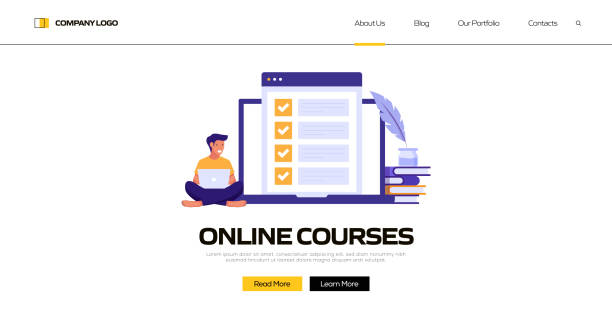
While UX addresses the overall user feeling, User Interface (UI) focuses on the website’s appearance and visual interactions.
A strong and appealing UI is the first step to capture user attention and encourage them to stay on the site.
Graphic design, the use of colors, fonts, images, and icons all play a role in creating a pleasant UI.
Visual Consistency is one of the most important aspects of UI.
This means using design elements uniformly throughout the website so that users do not feel confused and can quickly become familiar with the environment.
Strong branding through UI is also vital; corporate colors, logo, and overall visual style should reflect your brand’s identity.
Here is a table comparing good and bad UI elements in user-friendly website design:
| Feature | Good UI Example | Bad UI Example |
|---|---|---|
| Navigation | Clear and accessible menu on every page | Hidden or unreadable links, no sitemap |
| Font | Readable fonts with appropriate size and contrast | Small, unreadable, or inappropriately colored fonts |
| Buttons | Clear and distinct CTA (Call to Action) buttons | Ambiguous, small, or ordinary-text-like buttons |
| White Space | Balanced use of white space for better readability | Cluttered pages full of content with no empty space |
| Images | High-quality, relevant, and optimized images | Irrelevant, pixelated, or high-volume images |
A good UI should also provide feedback to users; for instance, when they click a button, it should be clear that their action has been accepted.
These are the small details that make a big difference in the user experience.
A successful user interface is not only beautiful but also functional and understandable, directly impacting user interaction with the site and, consequently, business success.
Page Load Speed and Website Performance Optimization

Website load speed is one of the most critical factors in user-friendly website design that is often overlooked but has a profound impact on user experience and even site ranking in search engines.
In today’s world, where users are accustomed to speed and ease of access, even a few seconds of loading delay can lead to site abandonment and loss of visitors.
Studies have shown that a significant percentage of users leave websites that take more than three seconds to load.
For SEO, site speed is considered an important ranking factor, so optimizing performance not only benefits users but also helps increase your site’s visibility.
There are numerous solutions to improve website load speed.
Image optimization, including reducing their size without compromising quality, compressing CSS and JavaScript files, and using a Content Delivery Network (CDN) are among the essential measures.
Choosing a strong and reliable hosting provider also plays a significant role in this area.
Furthermore, enabling Browser Caching can make subsequent user visits faster.
These specialized actions not only improve the user experience but also lead to a reduction in bounce rate and an increase in user time spent on the site.
In a user-friendly website design, speed is not just a technical feature but a fundamental element of respecting user time.
Tired of losing business opportunities due to not having a professional corporate website? Worry no more! With Rasaweb’s corporate website design services:
✅ Your brand’s credibility and professionalism will increase.
✅ You will attract more customers and sales leads.
⚡ Ready to start? Get a free consultation now!
Content is King: Creating Useful and Engaging Content
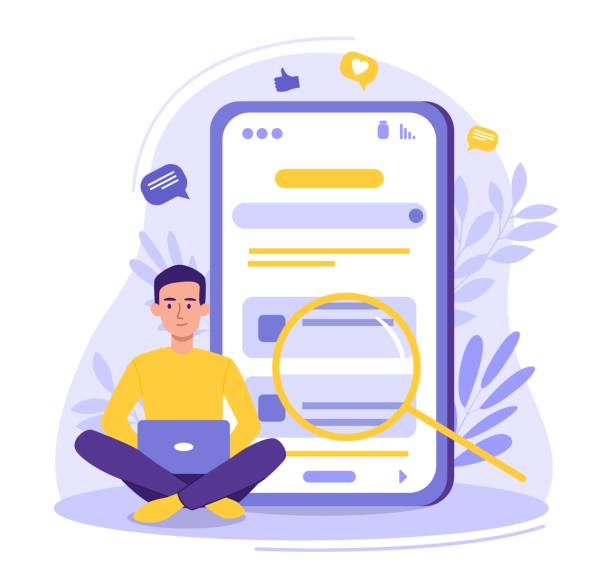
In any user-friendly website design, content plays the role of king.
Even the best graphic design and most advanced technologies cannot retain users without high-quality and engaging content.
Content should not only provide necessary information but also be captivating, understandable, and relevant to user needs.
This includes text, images, videos, infographics, and any other element that conveys information to the audience.
Useful and valuable content encourages users to spend more time on your site, visit other pages, and even share it with others.
To create effective content, you must first clearly identify your target audience and then produce content based on their needs, interests, and questions.
Thought-provoking content prompts users to think and interact, while guidance content helps them solve their problems.
Using attractive titles, engaging introductions, and short, readable paragraphs are principles of web content writing.
Clear and distinct Call to Action (CTA) buttons are also essential for guiding users towards desired goals, such as purchasing a product or subscribing to a newsletter.
This analytical approach to content goes beyond merely filling pages with words; it means strategizing to attract and retain users through valuable information.
A user-friendly website design would be incomplete without strategic and purposeful content.
Responsiveness and Compatibility with Various Devices
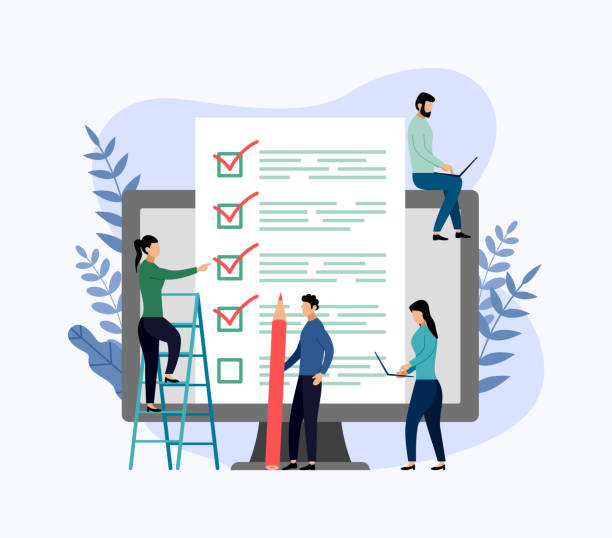
In the current era, where the use of smartphones and tablets for internet access is increasing, responsive design is considered a core pillar in any user-friendly website design.
A responsive website means a site whose appearance and functionality automatically adjust to the screen size of the user’s device, whether it’s a large desktop, a medium tablet, or a small smartphone.
Lack of site responsiveness can lead to a very poor user experience; users are forced to zoom to view content, scroll left and right, or struggle with small buttons that are not suitable for touchscreens.
These issues quickly lead to dissatisfaction and site abandonment.
Google and other search engines are also increasingly emphasizing responsive design and consider it an important factor in ranking sites in mobile search results.
This Mobile-First approach means that designers first design for small screens and then develop it for larger screens.
This perspective ensures that the most important elements and information are well accessible at any size.
Adhering to responsive design principles is not only essential for improving user experience but also directly and positively impacts your site’s SEO.
Continuous Testing and Iteration in User-Friendly Website Design
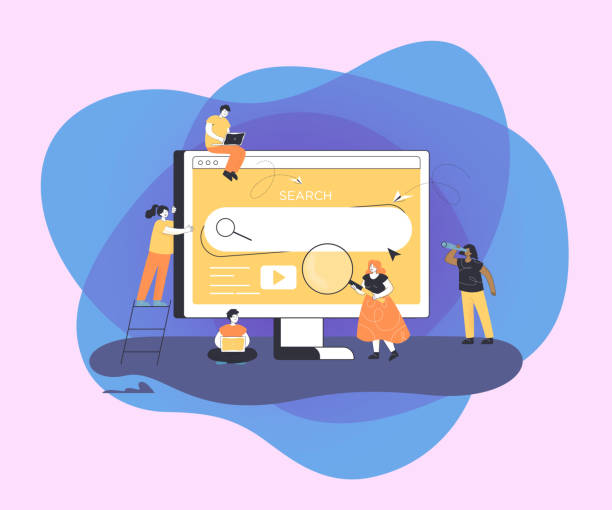
No user-friendly website design achieves perfection on the first try.
Improving user experience is an iterative and continuous process that involves testing, gathering feedback, and implementing changes.
A/B Testing is one of the powerful tools in this area, allowing you to display two different versions of a page or element to different groups of users and see which one performs better.
This method helps you make data-driven decisions and remove guesswork from the design process.
Analytics tools like Google Analytics also provide valuable information about user behavior on your site; including navigation paths, bounce rate, time on site, and most visited pages.
Reviewing this data can reveal potential weaknesses in the design.
Gathering direct feedback from users through surveys, interviews, or Usability Testing is also very useful.
These methods offer deep qualitative insights that quantitative data alone cannot reveal.
Below is a table introducing the most common UX testing methods:
| Testing Method | Description | Goal |
|---|---|---|
| A/B Testing | Comparing two versions of a page/element to determine better performance. | Optimizing conversion rates, choosing the best design. |
| Usability Testing | Observing users performing specific tasks on the site. | Identifying pain points, navigation issues, and user confusion. |
| Heatmap | Analyzing points where users click or scroll most. | Understanding user interactions with page elements. |
| Surveys and Questionnaires | Gathering direct feedback from users about their experience. | Understanding user perspectives, opinions, and suggestions. |
By implementing a continuous cycle of testing and optimization, you can constantly improve your site’s user experience and ensure that your user-friendly website design remains effective over time.
SEO and User-Friendly Website Design: A Synergistic Relationship
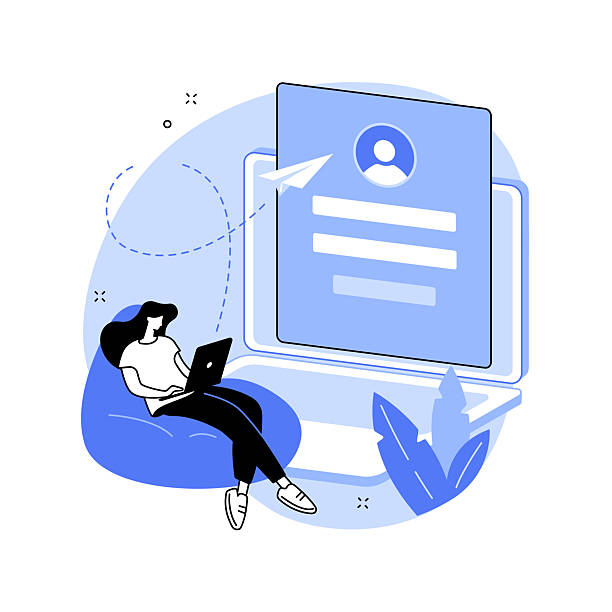
User-friendly website design and Search Engine Optimization (SEO) are two sides of the same coin that work together for a website’s success.
In the past, SEO was mostly limited to technical issues and keywords, but today search engines like Google increasingly prioritize user experience.
This means that a site with a good and user-friendly design not only keeps users satisfied but also has a higher chance of ranking in search results.
Factors such as site load speed, mobile responsiveness, easy navigation, and high-quality content are all vital for both UX and SEO.
If users cannot easily navigate your site or if your site is slow, they will quickly leave it.
This high bounce rate signals to search engines that your site is not useful for users, consequently lowering your ranking.
Conversely, if users spend a long time on your site, visit multiple pages, and interact with the content, these positive signals are sent to search engines and help improve your ranking.
A user-friendly website design naturally leads to better SEO.
This includes a logical URL structure, proper use of heading tags (H1, H2, H3), appealing meta descriptions, and carefully crafted internal links.
This synergistic relationship indicates that investing in user experience means investing in your site’s visibility in search engines.
Are you worried about your e-commerce site’s low conversion rate and not achieving your desired sales?
Rasaweb is your specialized solution for a successful e-commerce site.
✅ Significant increase in conversion rates and sales
✅ Professional and user-friendly design to attract customer satisfaction
⚡ Ready for a transformation in online sales? Get a free consultation!
Challenges and Solutions in User Experience Optimization
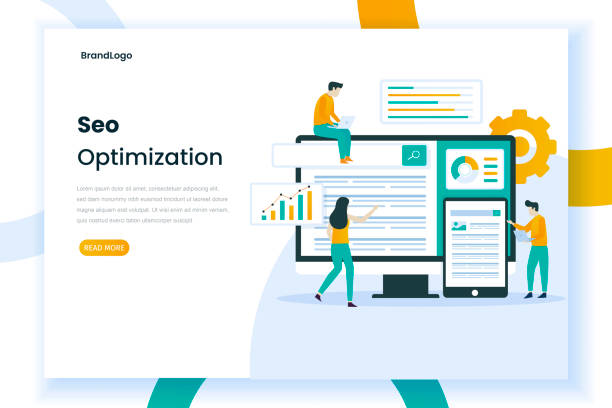
User-friendly website design, despite its numerous benefits, is not without challenges.
One of the biggest challenges is accurately identifying user needs and expectations, which may differ from designers’ initial assumptions.
Sometimes, what appears aesthetically appealing can be complex or confusing for users in terms of functionality.
Also, encountering a variety of devices and browsers necessitates extensive testing and ensuring full compatibility.
Maintaining a balance between aesthetics, performance, and load speed can also be difficult.
Another challenge is resistance to change, as some businesses may be reluctant to reinvest in their site’s design or fear changing its current appearance.
To overcome these challenges, several solutions exist.
First, comprehensive user research through interviews, surveys, and persona creation can help gain a deeper understanding of the audience.
Secondly, utilizing Agile Development methods and continuous design iteration allows for changes and improvements over time.
Conducting training workshops for internal teams and explaining the importance of UX to them can reduce resistance to change.
Furthermore, using advanced analytics tools and Automated Testing can help identify and resolve issues faster.
The future of this field may also see increased use of artificial intelligence and machine learning for personalizing user experience and anticipating user needs, presenting new challenges and opportunities for designers.
The Future of User-Friendly Website Design: Upcoming Innovations

The future of user-friendly website design is rapidly evolving, bringing new innovations that will transform the web interaction experience.
One of the most important trends is content and experience personalization.
Using user data and artificial intelligence, websites will be able to dynamically adjust content and layout based on each user’s preferences and behavior.
This gives users a unique feeling and deepens their connection with the brand.
Also, Voice User Interfaces (VUIs) and Conversational UIs, such as chatbots, will gain more importance, offering new ways to interact with websites.
Augmented Reality (AR) and Virtual Reality (VR) also hold great potential for creating immersive and entertaining experiences on the web, especially in areas like e-commerce and education.
These technologies can blur the boundaries between the real and digital worlds.
With the expansion of the Internet of Things (IoT), websites will also become part of a larger ecosystem of connected devices, providing for seamless multi-platform interactions.
Data security and privacy will continue to be among the most important user concerns, and future user-friendly website design must offer greater transparency and control in these areas.
These developments show that focusing on Human-Centered Design will remain the core principle, but with new tools and technologies that allow us to create even richer and more useful experiences.
These innovative news indicate an exciting outlook for the web design industry.
Frequently Asked Questions
And other services of Rasaweb Advertising Agency in the field of advertising
Smart Custom Software: Revolutionize online growth by optimizing key pages.
Smart Link Building: An effective tool for user engagement through customized user experience.
Smart Data Analysis: A dedicated service for increasing site traffic based on marketing automation.
Smart Digital Branding: An effective tool for increasing site traffic using real data.
Smart Marketing Automation: An effective tool for digital branding using real data.
And over a hundred other services in the field of internet advertising, advertising consultation, and organizational solutions
Internet Advertising | Advertising Strategy | Advertorial
Resources
User-Friendly Website Design GuideKey Tips for Modern Business WebsitesUX and UI Principles in Website DesignBuilding a Professional Website for Business
? Build the future of your online business with Rasaweb Afarin Digital Marketing Agency. We help you on the path to growth and success by providing specialized services including SEO-optimized website design, Search Engine Optimization (SEO), and professional social media management. Contact us today and transform your business!
📍 Tehran, Mirdamad Street, next to the Central Bank, Kazeroun Jonoubi Alley, Ramin Alley, No. 6

